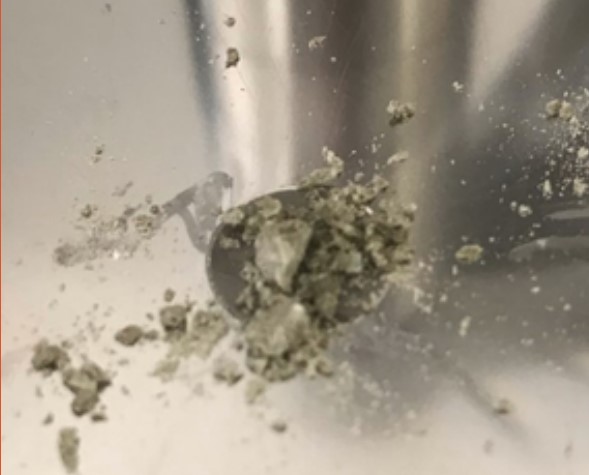Illicit drug users in Penticton, B.C., are being warned of contamination in the local drug supply, causing a higher rate of overdose.

In a notice posted by Interior Health Tuesday, a warning was issued about drugs sold as down, dope and fentanyl carrying a high concentration of bromazolam and fentanyl.
The warnings says there is a risk of fatal overdose, amnesia, sleepiness and nodding out for a long time. Those who suffer an overdose from this drug may not recover with the use of naloxone.
The health authority said in its notice that the drug looks like grey crystals and smoking it is no safer than injecting. The alert is in place until April 3.
According to the latest data from the BC Coroners Service, there were eight illicit drug deaths in Kelowna in January, three in Vernon and two in Penticton.
The Interior Health Authority, which the Okanagan falls within, saw 31 deaths in total.

In 2022, 87 people died in Kelowna, compared with 76 a year earlier. Vernon saw 40 people die in 2022 from toxic drug deaths, which was a slight improvement from a year earlier when 42 people died. Penticton saw 27 illicit drug deaths.
The high rate of deaths is consistent with what is happening in other parts of the province.
Provincewide, the BC Coroners Service reported that 211 people died in January, bringing the number of deaths to at least 11,195 since the public health emergency was declared in 2016.
A statement from the coroner’s office says the death rate in January was 47 people per 100,000, more than double the 20.5 death rate that prompted B.C.’s medical health officer to declare the emergency almost seven years ago.




Comments